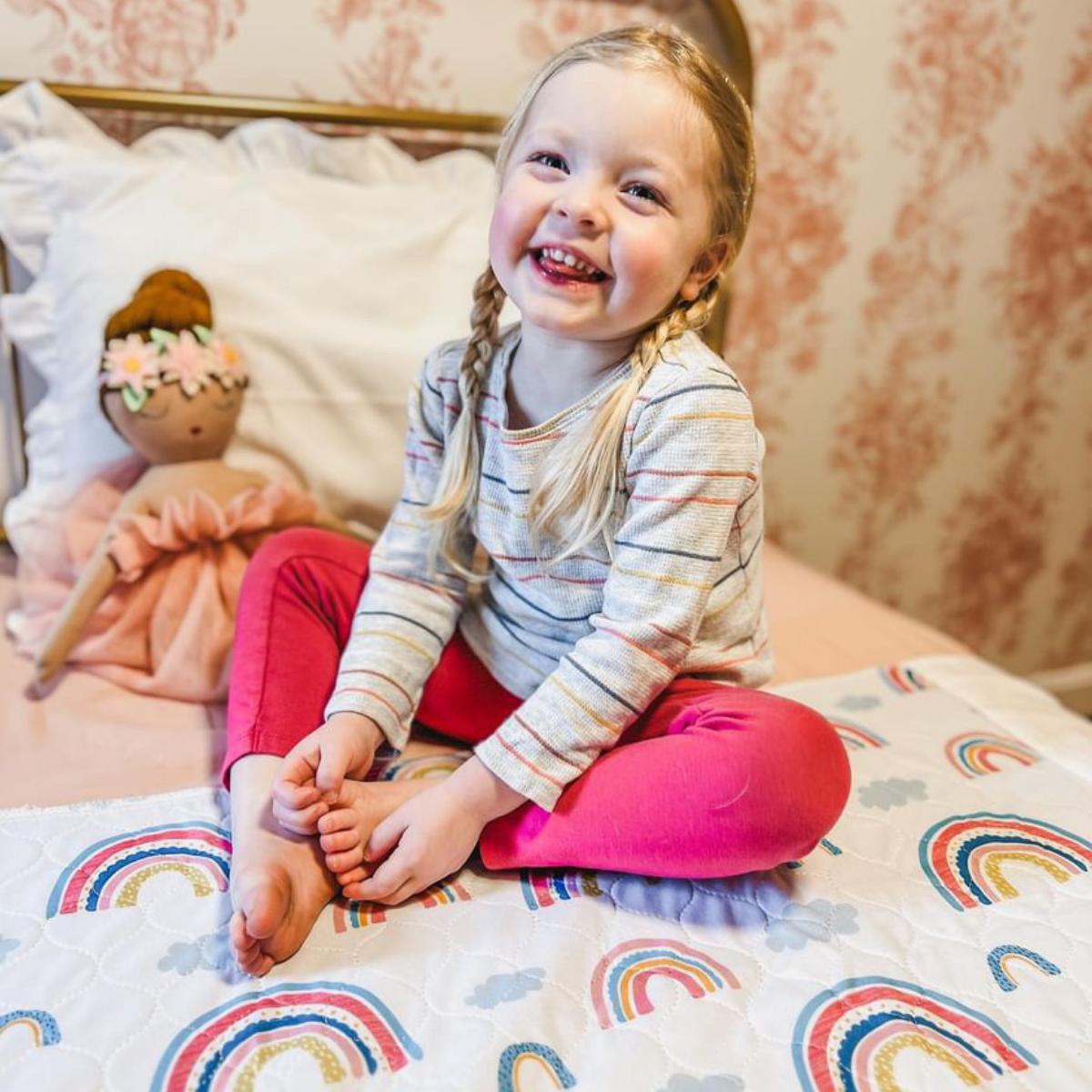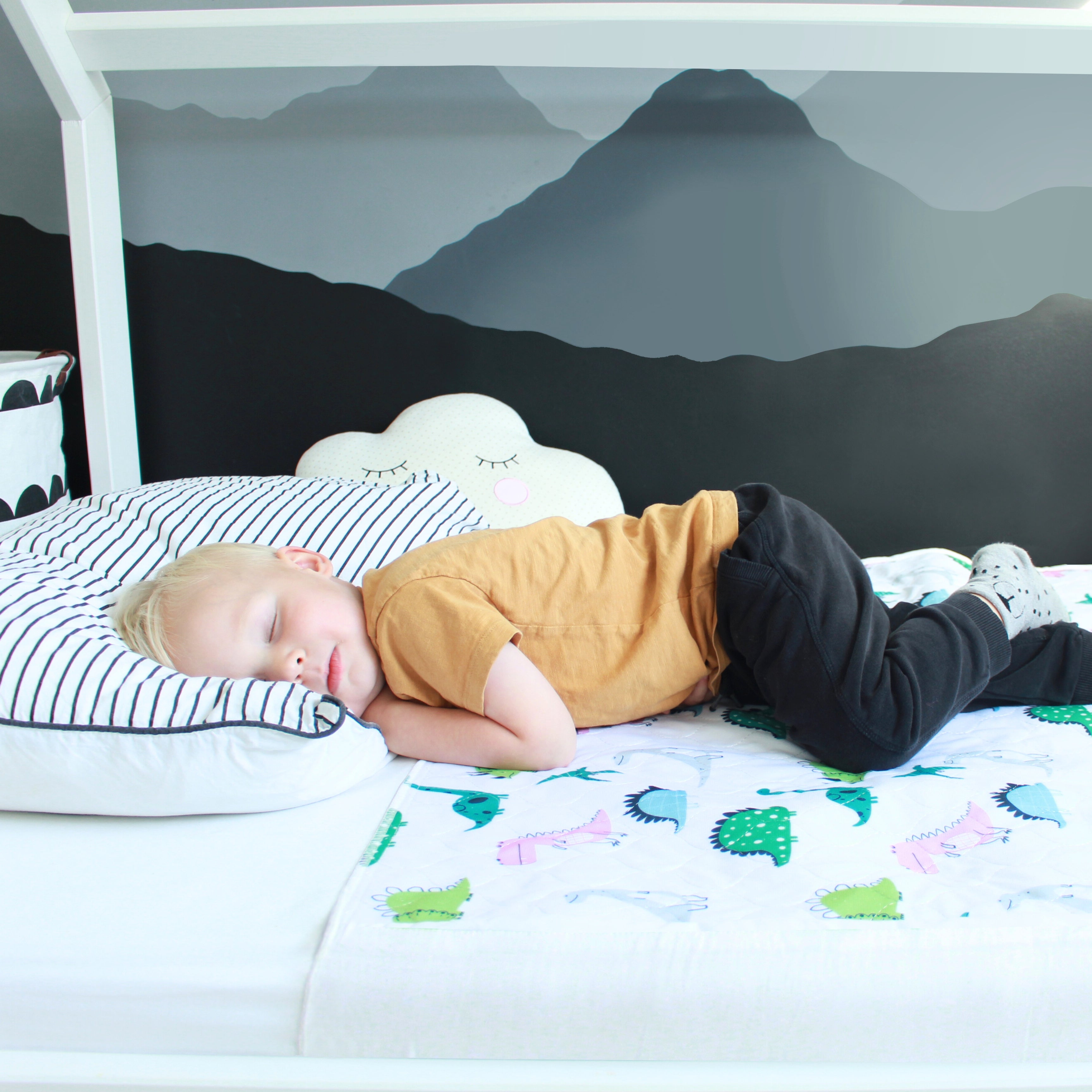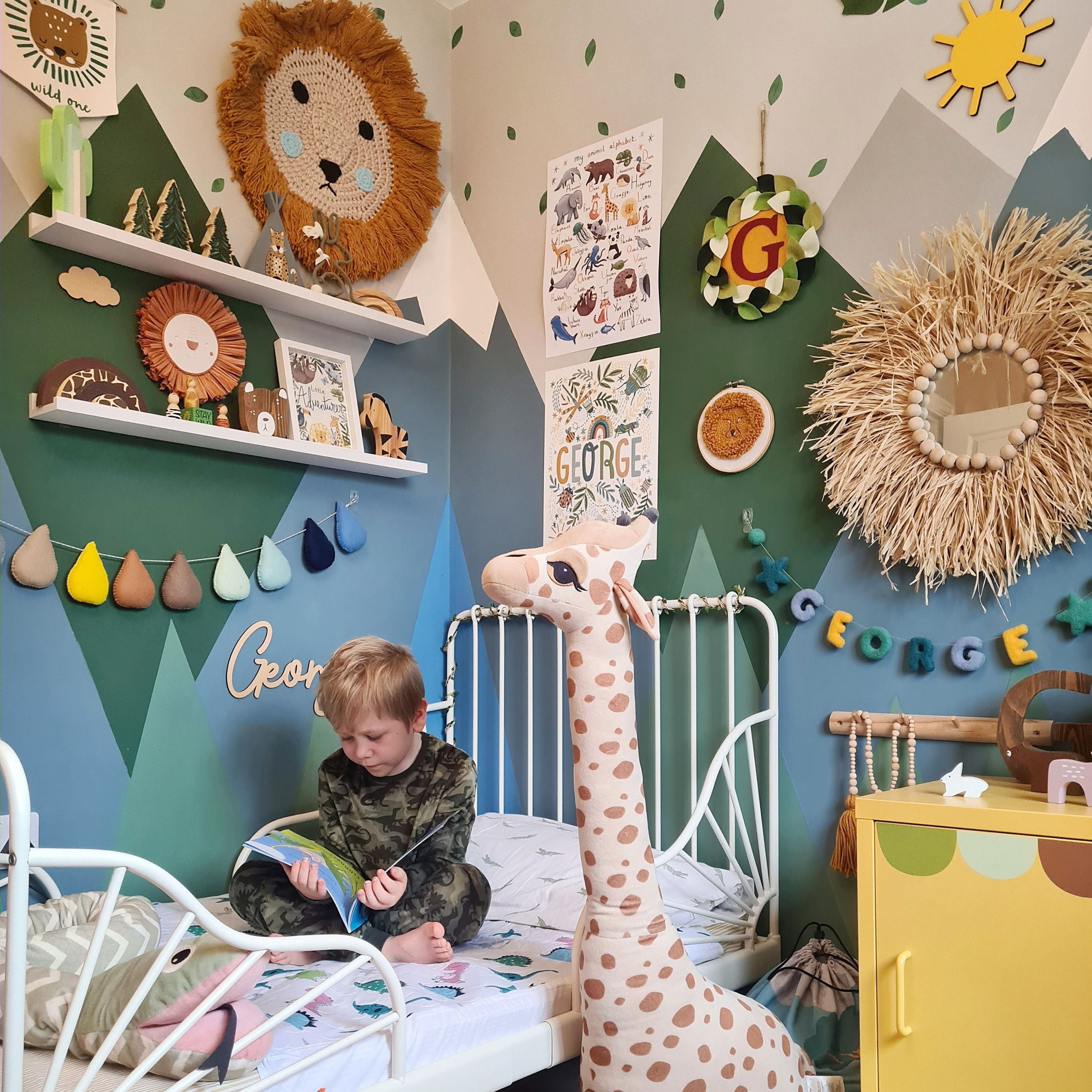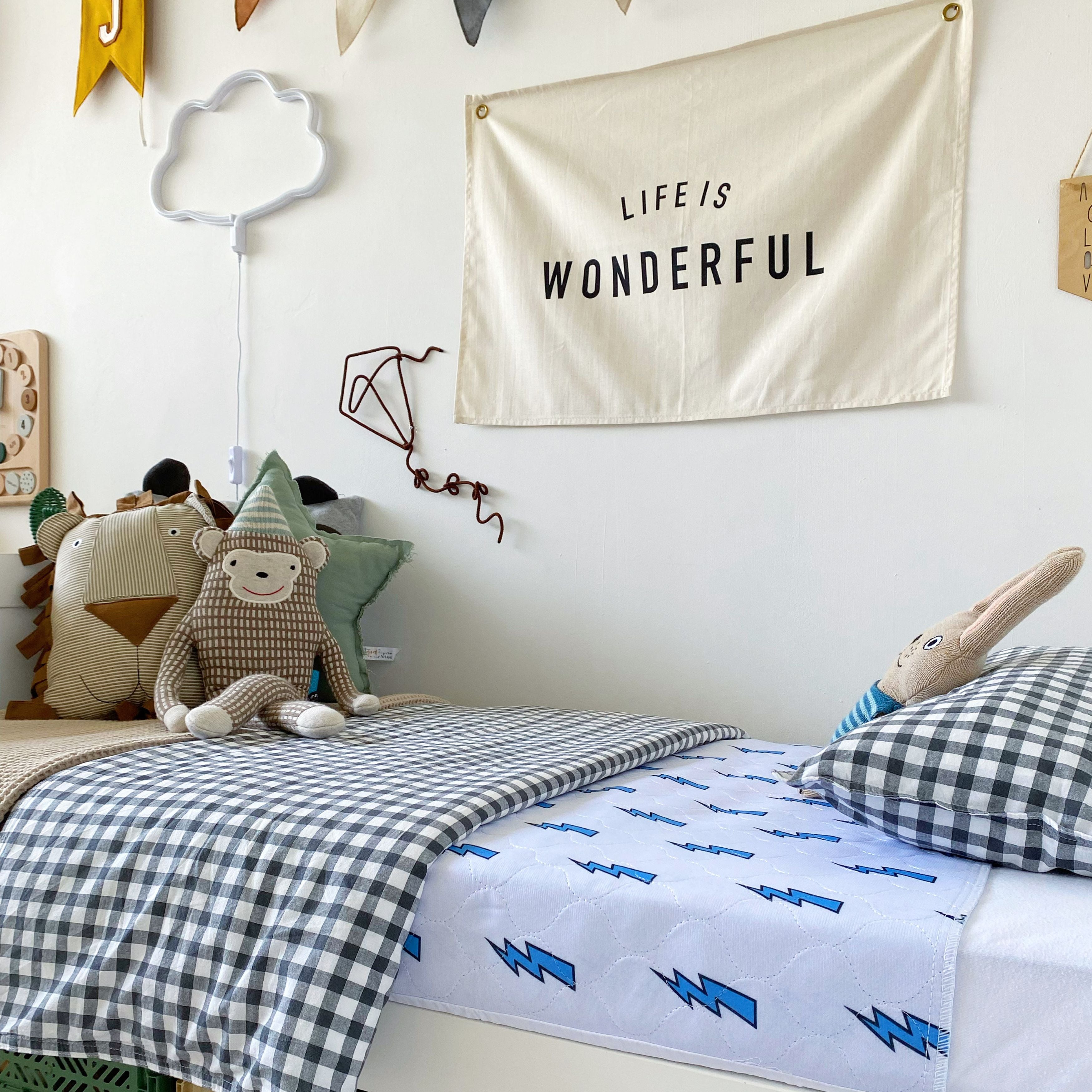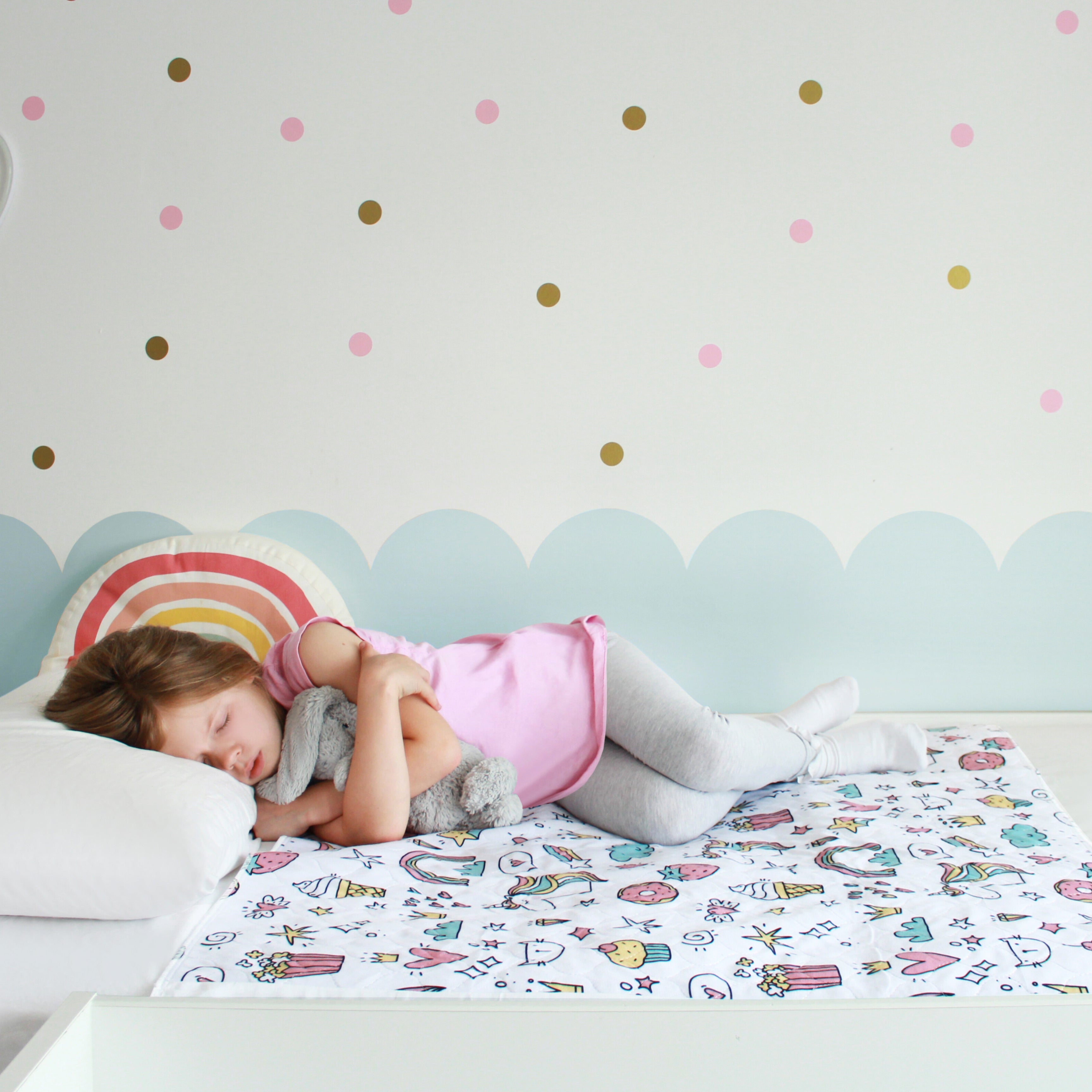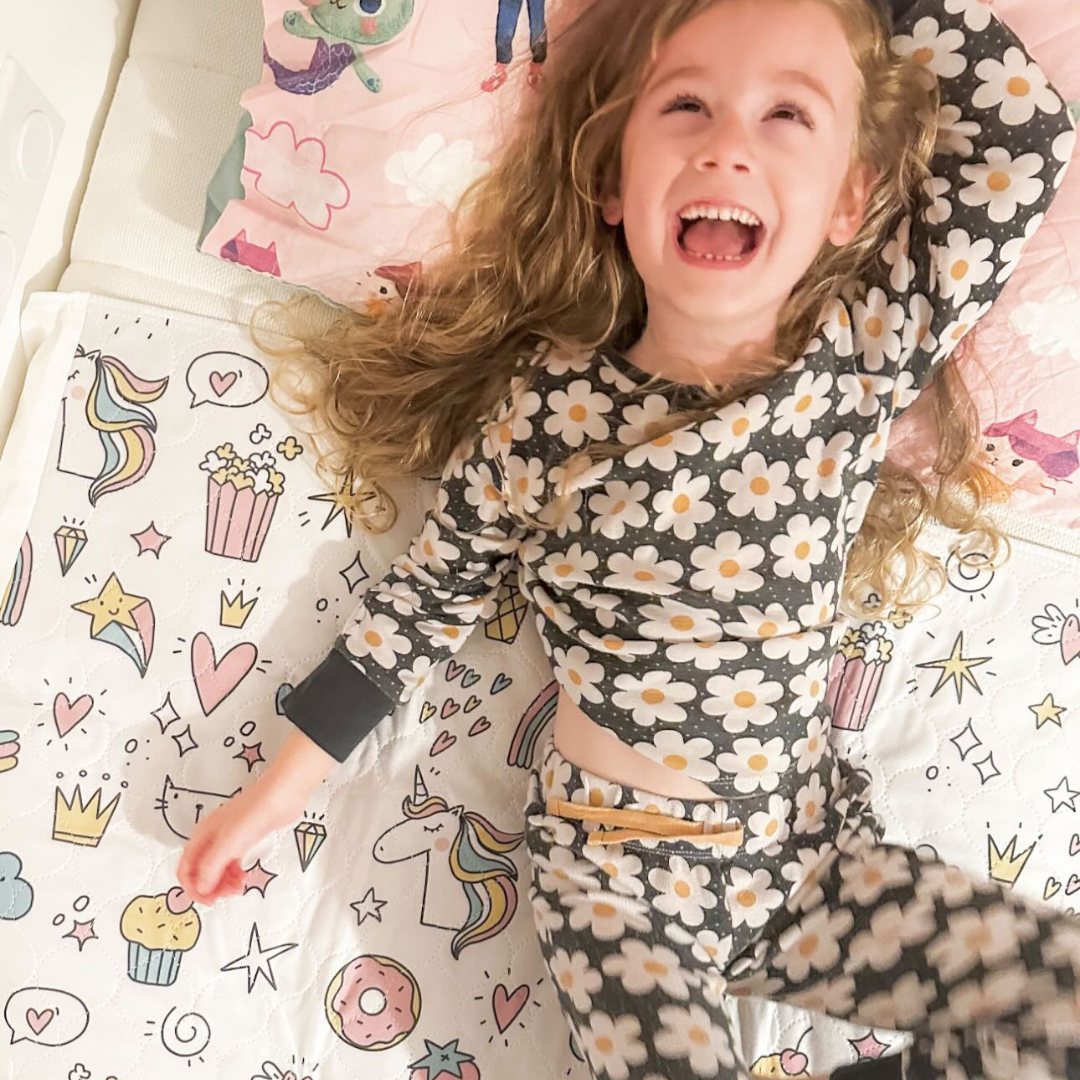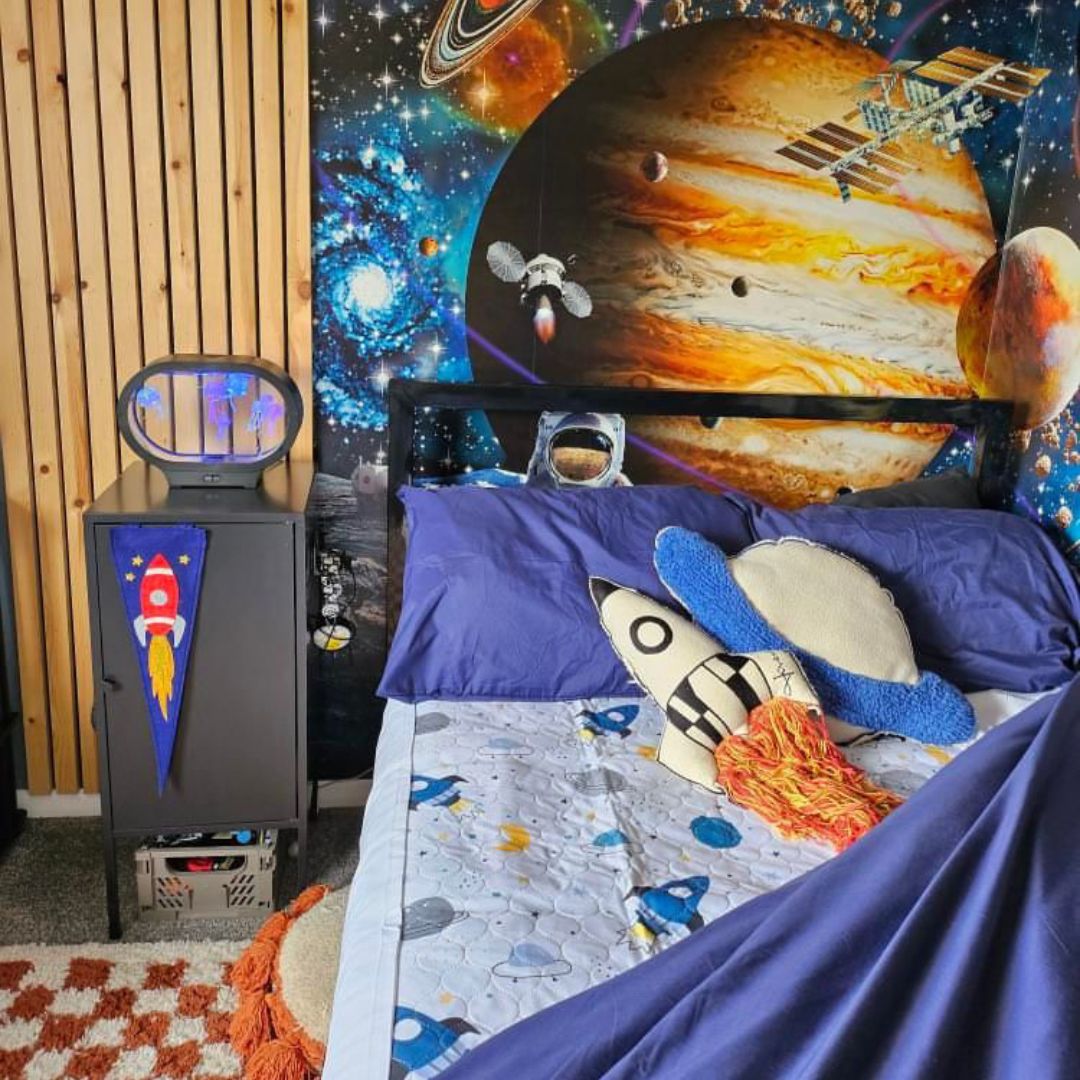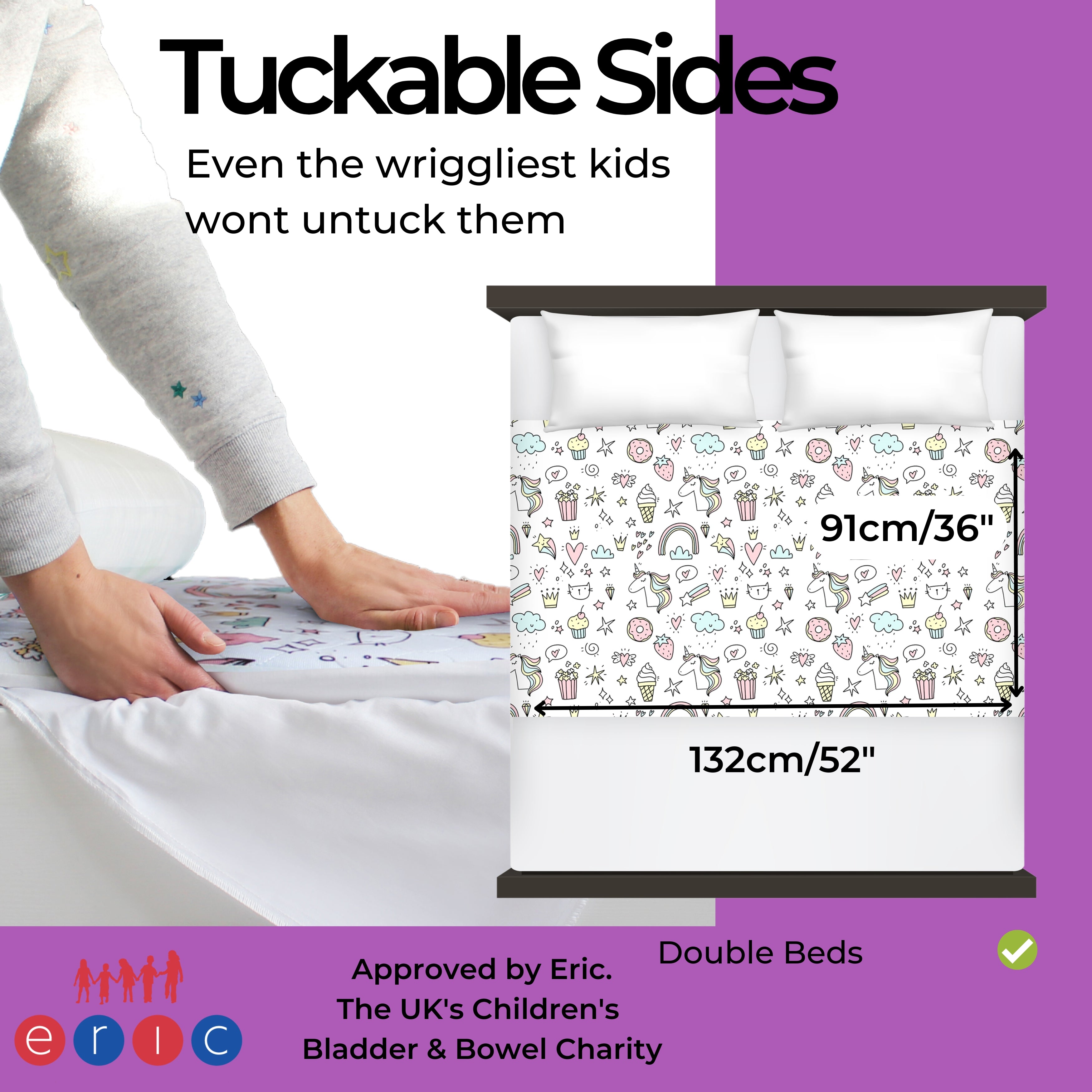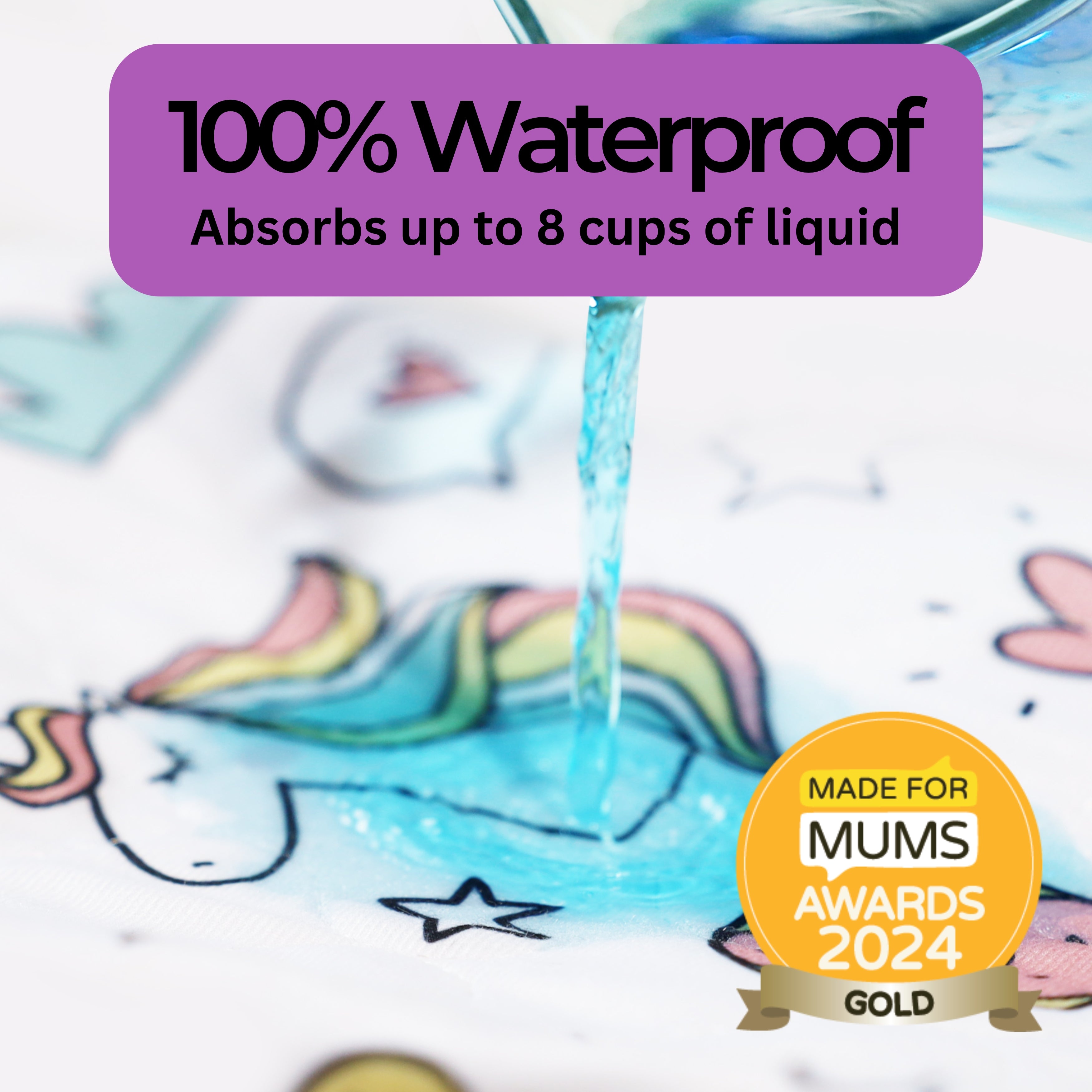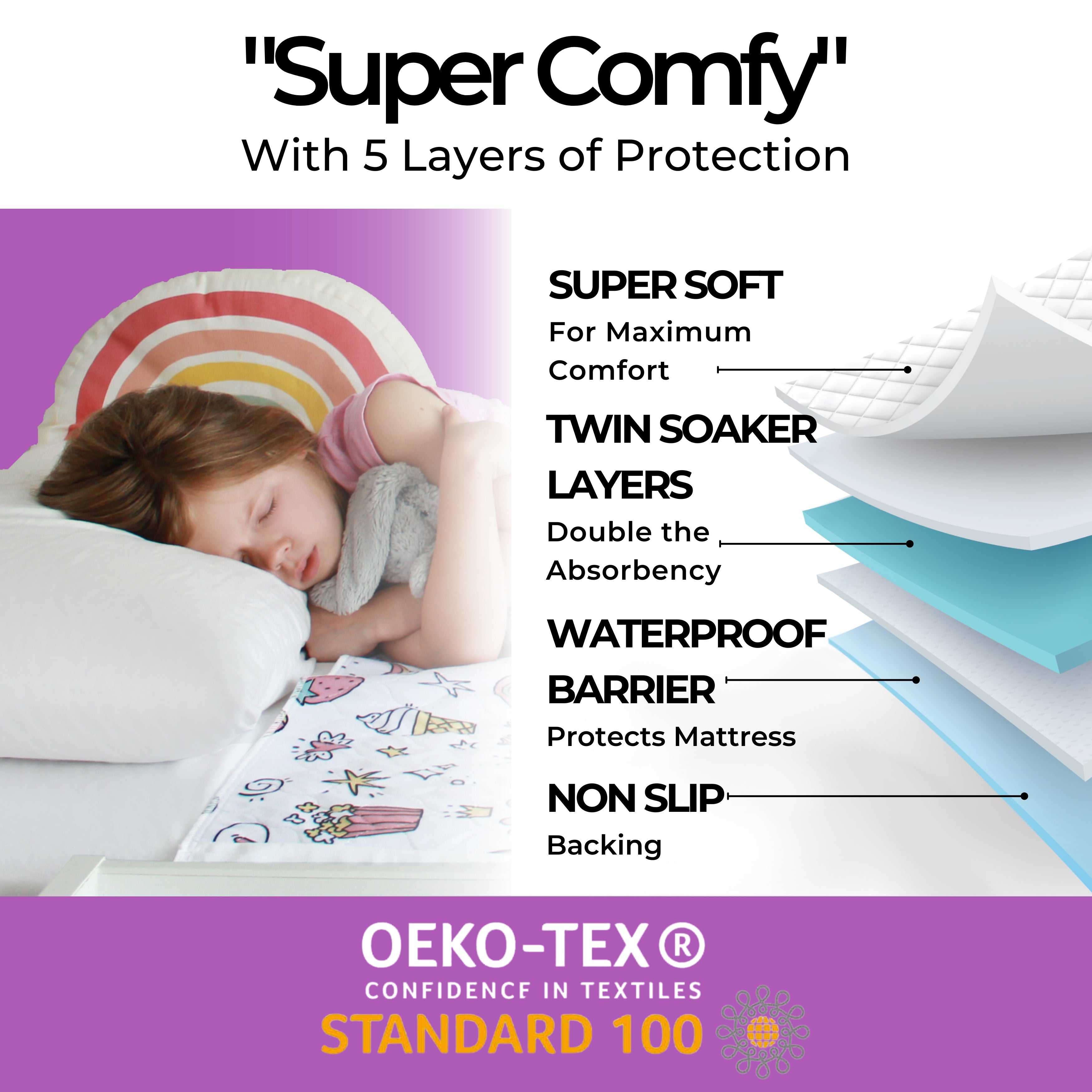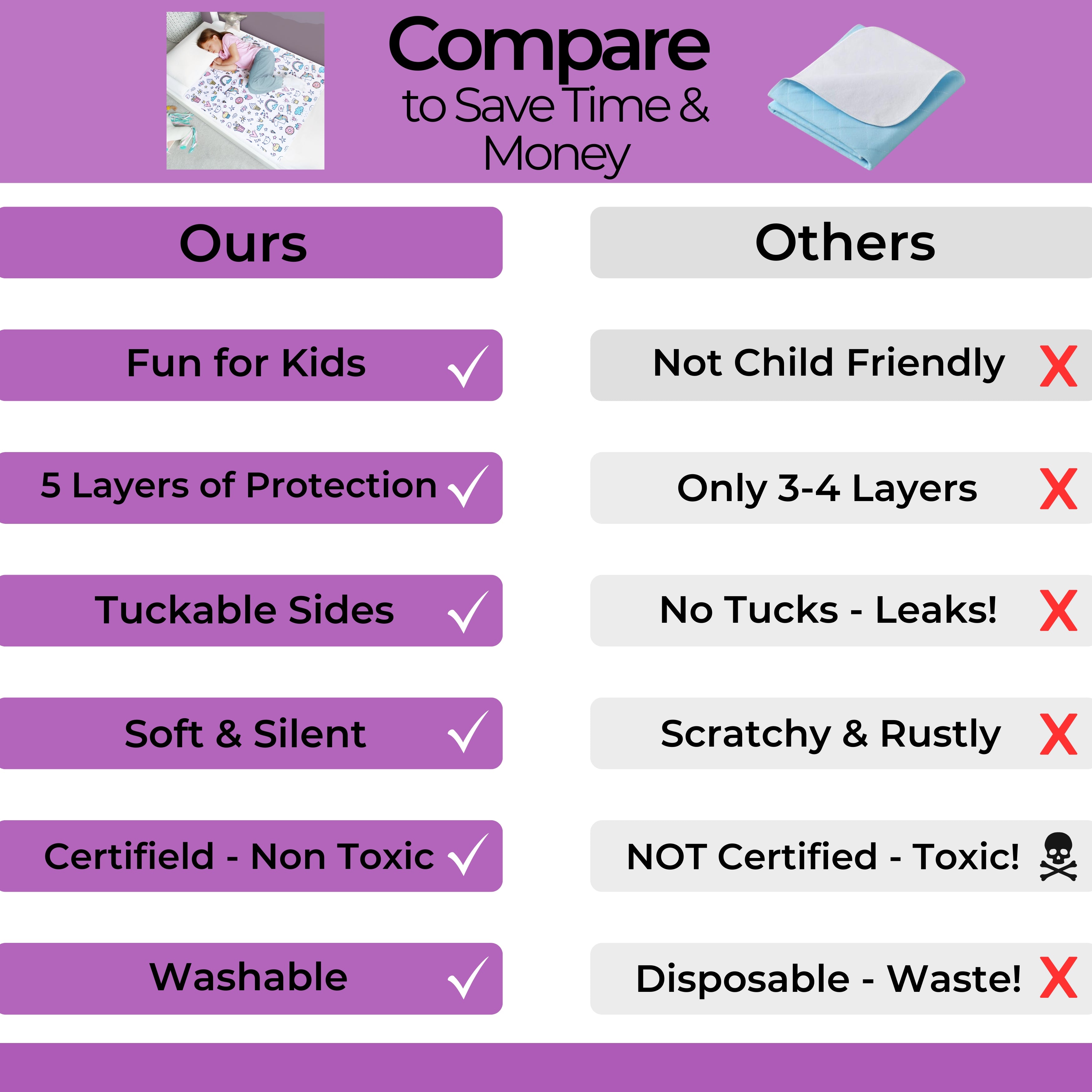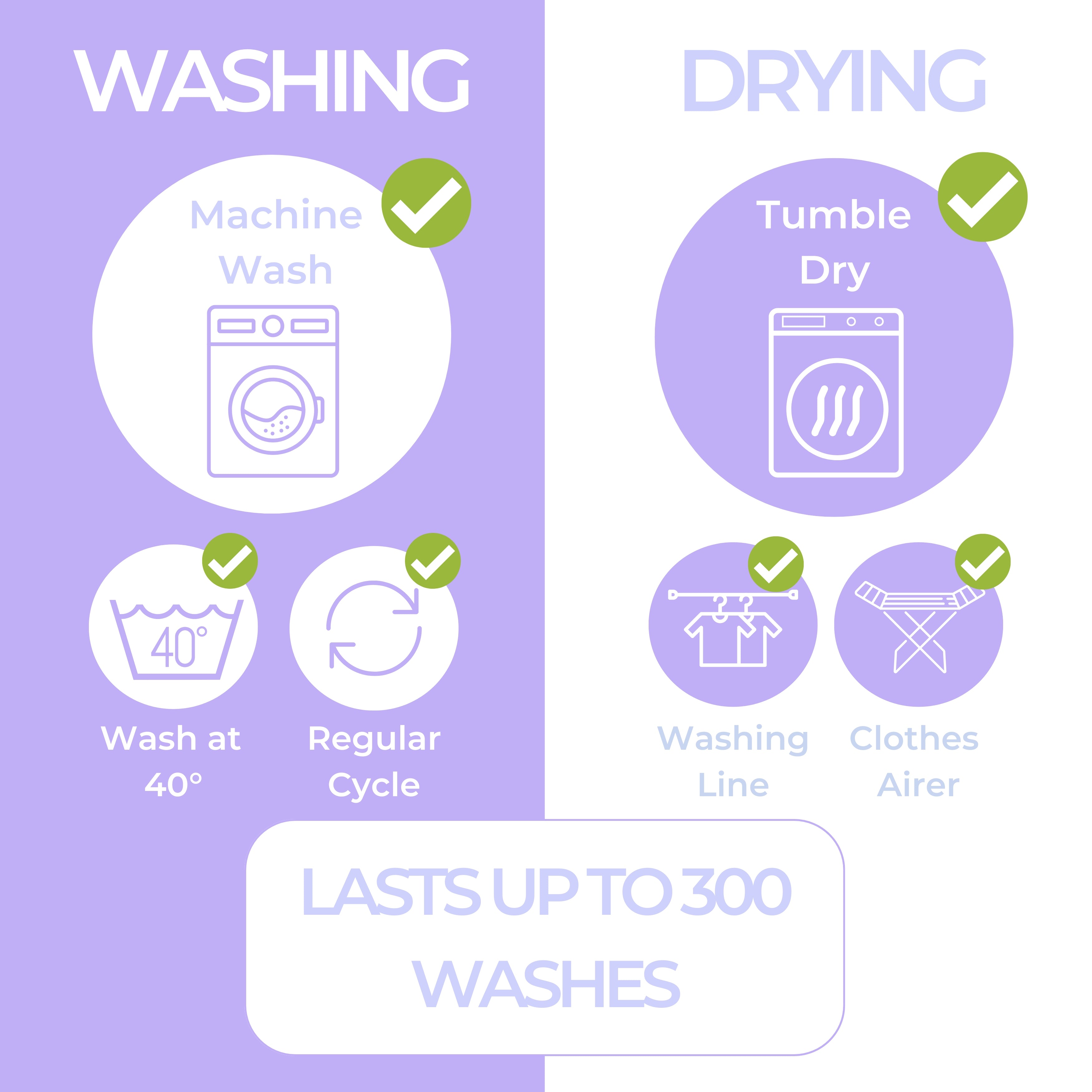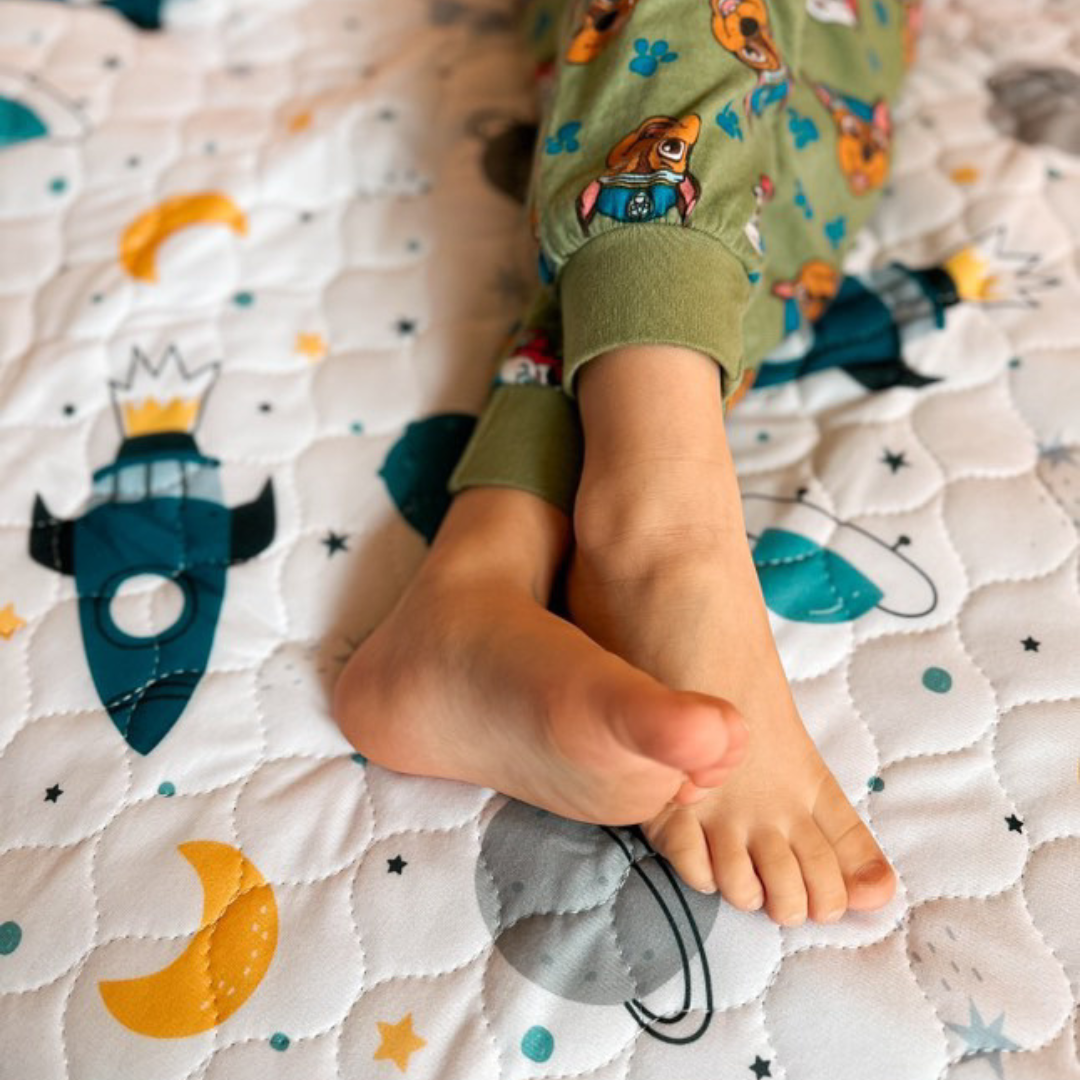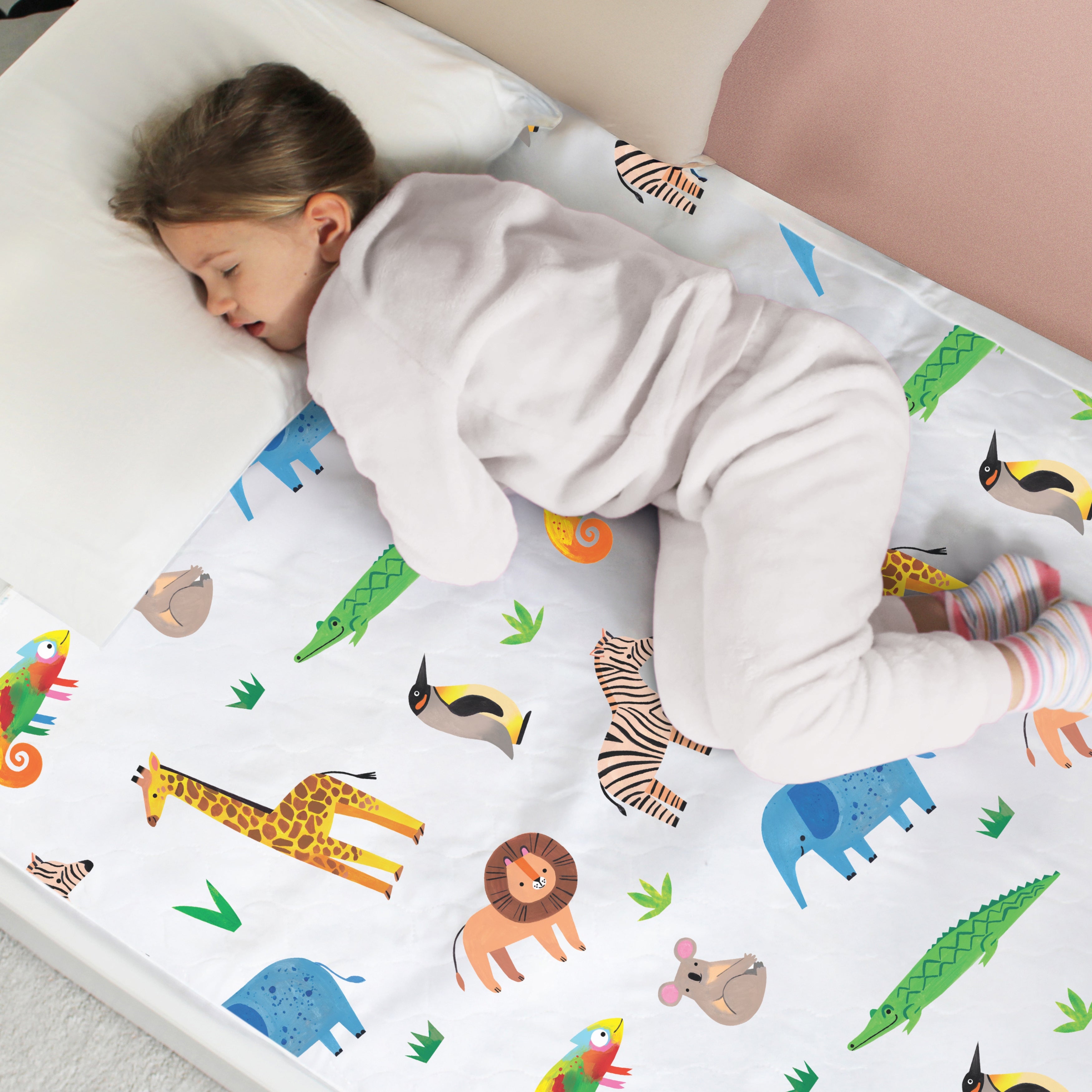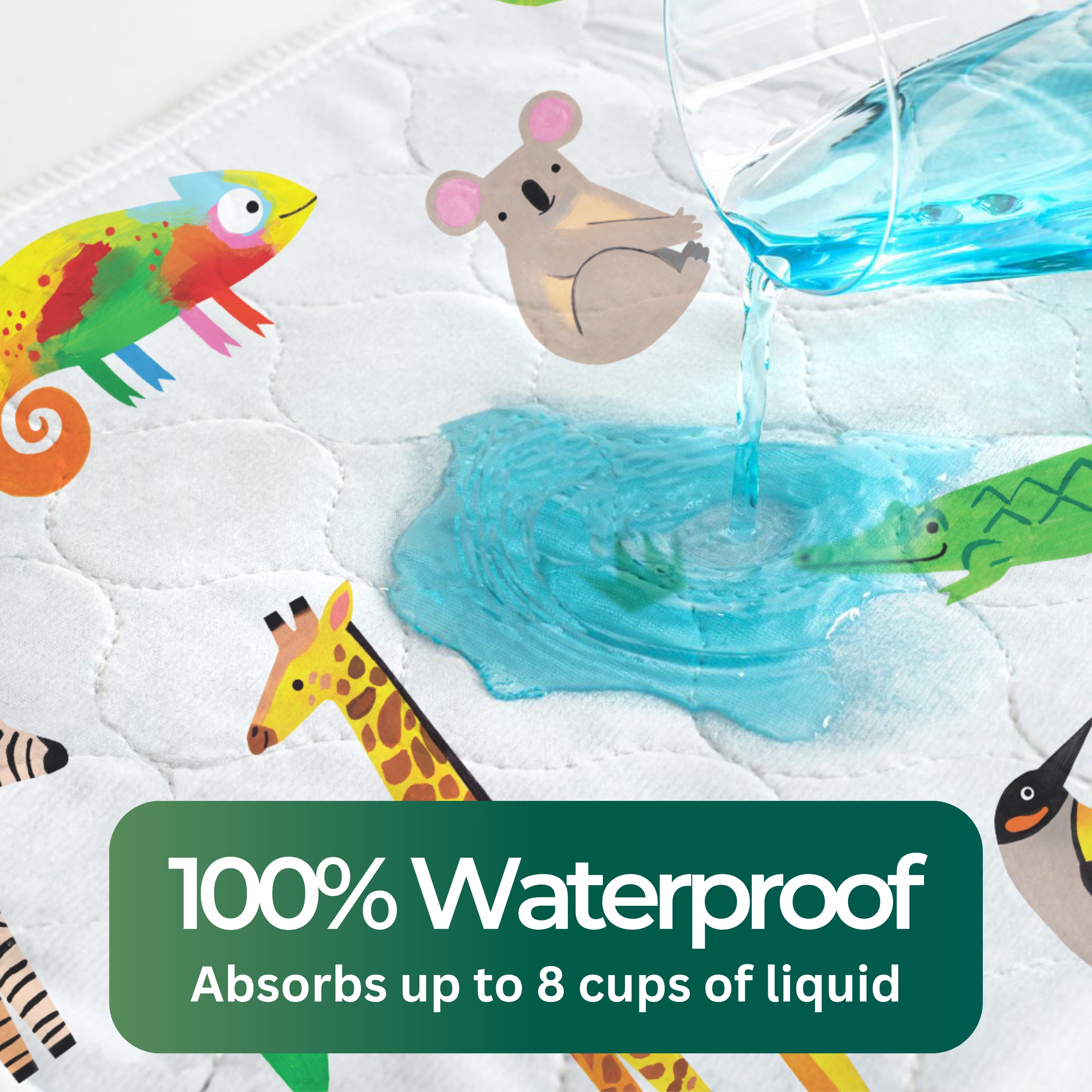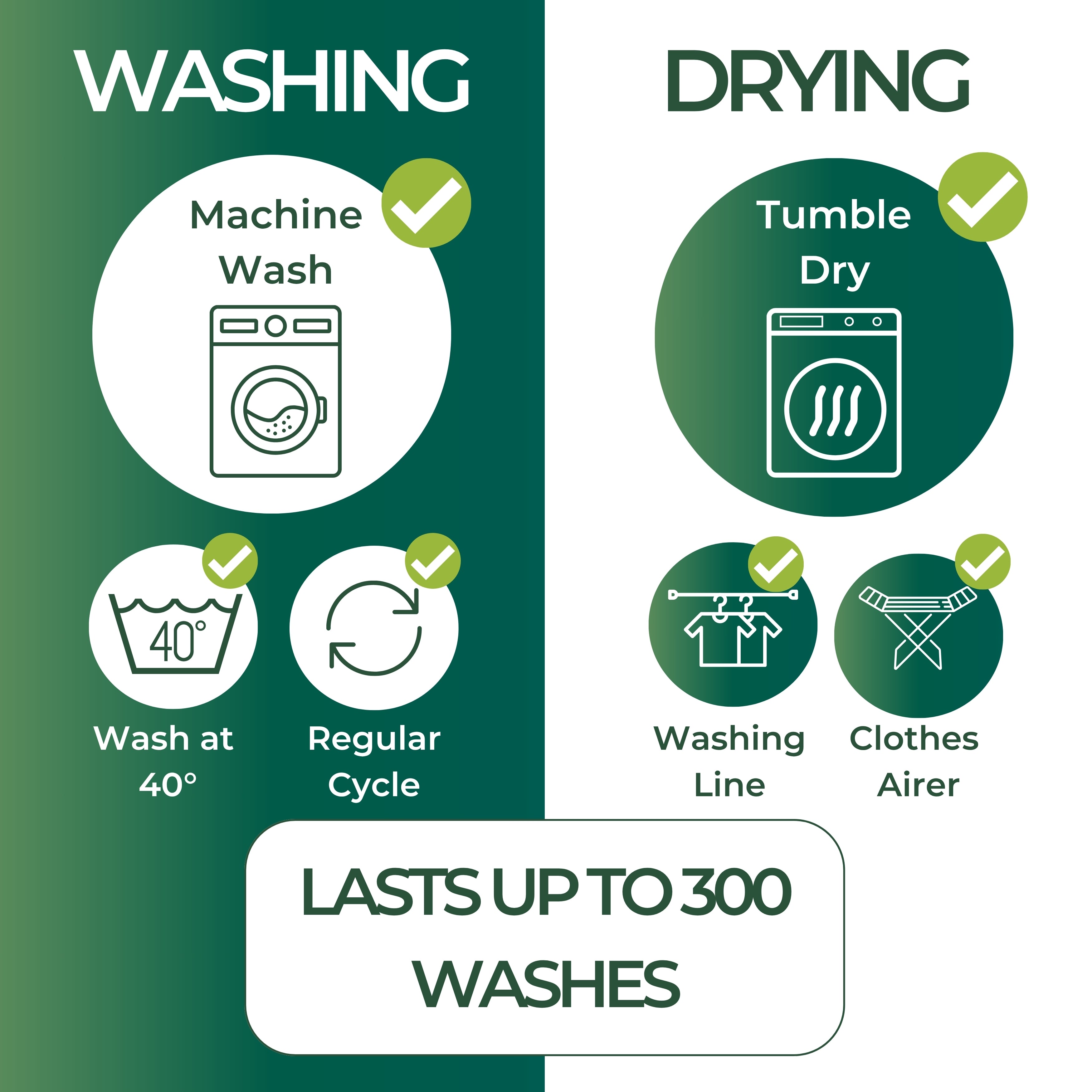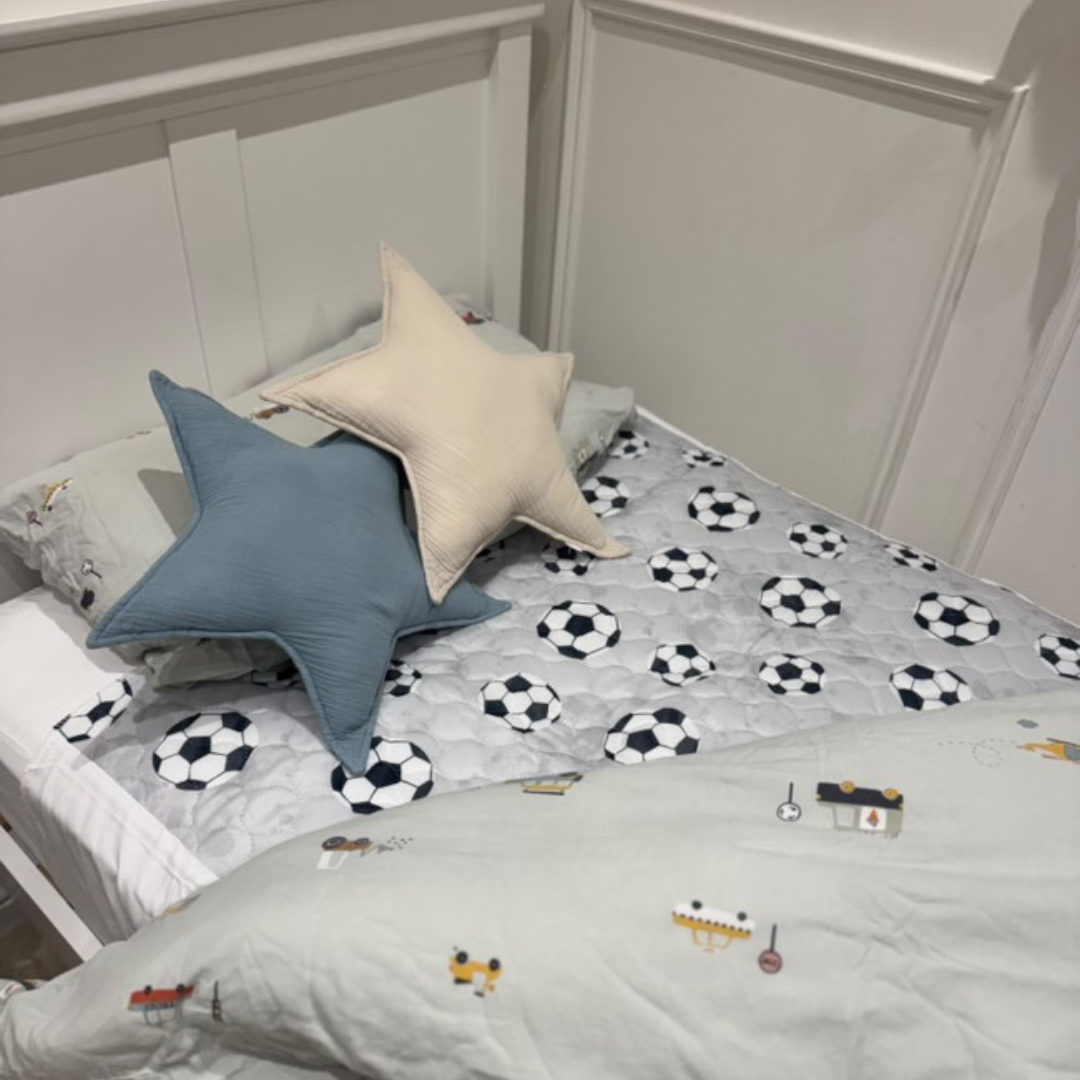When the time comes for your child to begin potty training, it can be both exciting and daunting. One thing to remember is that it takes time and patience—it certainly won’t happen overnight. While there’s no shortcut to making the process smoother, there are many ways to help your child transition from nappies successfully. So, how long does potty training take?
Understanding Potty Training
It’s important to remember that you, as a parent, need to take the first step in potty training. While some children may show signs that they are ready, others may not, meaning you might have to introduce potty training without waiting for cues.
What Do You Need to Get Started?
You don’t need much to start potty training, and it doesn’t have to be expensive either:
- Potties placed around the home – Keep one in the bathroom to establish the connection between toileting and that space, but also have extras in other areas while they learn their body signals. A potty that is low to the ground allows them to use it independently.
- A children’s toilet seat and stool – If your child prefers the toilet over a potty, a child-sized seat makes it comfortable, and a stool helps them get on and off easily. Having feet firmly on the floor also aids bladder and bowel emptying.
- A travel potty for the car – Children often need to go at inconvenient times, so having one in the car is a lifesaver.
- Training cloth pants – These look like regular underwear but have an absorbent layer to soak up small accidents without soaking their clothes. They are also reusable.
- Cloth nappies (if not already using them) – These help children recognise wetness and encourage awareness of their body signals.
What Age to Start Potty Training
Most children are ready to begin potty training at around 18 months, with research suggesting that the best age range to transition from nappies is between 18 and 30 months. Starting within this timeframe supports bladder and bowel health and can make learning easier.
Determining the Right Age for Potty Training
Normalising the potty from an early age can make the process smoother. Even if your child doesn’t successfully use it right away, having it around helps build familiarity. Some parents introduce the potty as early as six months, simply to create awareness.
So, while active potty training typically starts between 18 and 30 months, introducing the potty earlier can be beneficial.
How Long Should Potty Training Take?
There is no set timeline for potty training. The process depends on a child’s familiarity with the potty and their ability to recognise body signals. Some children grasp it quickly, while others take months of consistent training.
It’s important not to pressure your child with a strict timeline—every child is different!
Factors Influencing Potty Training Duration
Several factors can affect how long it takes for your child to become potty trained:
- Inconsistent potty training – If your child is still wearing nappies elsewhere (e.g., at daycare or with another parent), it can slow progress. Ensure consistency across all caregivers.
- Frustration from both parent and child – Accidents are normal, but showing frustration can impact confidence. Instead, clean up together and offer encouragement.
- Constipation – If your child struggles with bowel movements, it may delay potty training. Monitor their toileting habits and consult a GP if needed.
- Familiarity with the potty – If the potty is new to them, they may need more time to adjust.
- Limited access to a potty – Always have a travel potty on hand when out and about to prevent setbacks.
Common Misconceptions about Potty Training
There are many myths surrounding potty training, such as:
- Children must be trained by a certain age – Every child is different. Some may take longer due to developmental factors.
- Your child will show signs when they’re ready – Some children never show signs until the potty is introduced.
- Boys are harder to train than girls – Every child learns at their own pace. Gender does not determine ease of training.
- Pull-up pants aid training – While they help with pulling underwear up and down, they still absorb accidents, which may delay body signal recognition.
Practical Tips for Successful Potty Training
Now that we understand when to start, here are some practical tips for a smooth potty training experience:
- Make it fun – Engaged children learn faster. Use books, role-playing with toys, or let their favourite teddy use the potty first.
- Stay positive – Encouragement goes a long way. Praise your child when they use the potty or stay dry for longer periods.
- Create a potty schedule – Encourage your child to sit on the potty at times they are likely to need it, such as after meals or before bed.
Coping with Challenges in Potty Training
Accidents will happen—here’s how to handle them positively:
- Clean up together and gently remind them about using the potty next time.
- Avoid shaming or scolding—this can make them fearful and resistant to potty training.
- Acknowledge accidents and involve them in the clean-up process to reinforce learning.
If nighttime dryness is a challenge, consider using waterproof sheets to protect the mattress and help with stress-free clean-ups. Investing in a bedwetting alarm can also encourage dry nights by alerting your child when they begin to wet the bed. Additionally, using a nightlight can make nighttime potty trips easier and less intimidating.
Potty training can be challenging, but with patience and consistency, it becomes a positive milestone for both parent and child.
We hope this helps!
Take care,
Catherine x

